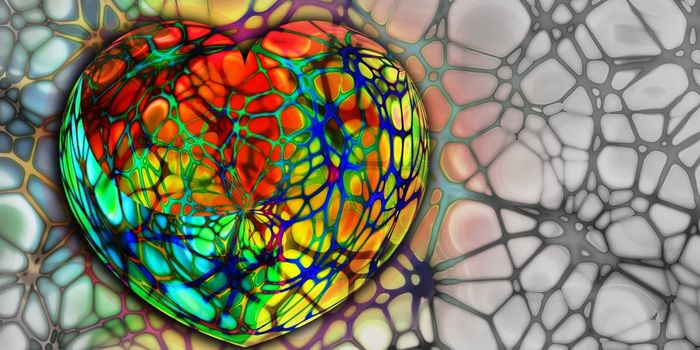New Insights Into How Breaks in 'Junk' DNA are Repaired
For many years, geneticists and other researchers focused attention on the portions of the human genome that code for protein, and how individual protein-coding genes function. But those sequences only represent about two percent of the human genome. The rest of the genome can be difficult to understand, and is often made up of highly repetitive sequences that are difficult to amplify and study using traditional laboratory techniques. As such, it was dismissed as 'junk DNA' and mostly ignored for several decades.
But in recent years, investigators have come to appreciate the importance of some of that junk, which seems to have some regulatory functions that affect other parts of the genome (discussed in the video below). It may have many more roles that are waiting to be discovered. Scientists have also found significant connections between junk DNA and neurological disorders such as Alzheimer's disease and Motor Neuron Disease (MND).
A new report published in Nature has suggested that junk DNA is also extremely susceptible to breaks that are caused by oxidative stress on the genome. This study has also shown how those oxidative stress-related breaks are created and repaired.
Oxidative stress is a natural byproduct of many cellular processes, and can be affected by external influences like the environment or dietary intake. But over time, oxidative stress can contribute to aging and cause damage to the cell that may contribute to the development of disease.
This research identified the nuclear mitotic apparatus protein NuMA (also called NUMA1), which can often be found within 100 base pairs of transcription start sites, where cellular machinery starts transcribing active genes into RNA molecules. NuMA can protect gene promotors from damage caused by oxidative stress. When NuMA levels are low, oxidative stress disrupts gene promoters.
As much as 20 percent of the non-coding genome is made up of retrotransposons. A growing body of research has connected retrotransposons to the development of neurodegenerative diseases like Alzheimer's.
"The significance of repairing DNA breaks in the invisible non-coding genome will open up a whole new field of research, including new targets for therapeutic interventions and biomarkers. By therapeutically targeting components of the pathway it may help us delay or treat neurological diseases such as dementia," noted corresponding study author Professor Sherif El-Khamisy, Chair in Molecular Medicine at the University of Sheffield, among other appointments.
The researchers suggested that this work may also lead to new cancer treatments. The study found that NuMA could be related to dormant cancer cells, which don't divide and can be very difficult to treat.
"Until now the repair of what people thought is junk DNA has been mostly overlooked, but our study has shown it may have vital implications on the onset and progression of neurological disease. The research also shows that it could have implications for making cancer treatments more effective," said El-Khamisy.
Now, the scientists are interested in learning more about how this pathway might be disrupted in patients with dementia, MND, Alzheimer's and Huntington's disease.
Sources: University of Sheffield, Nature









